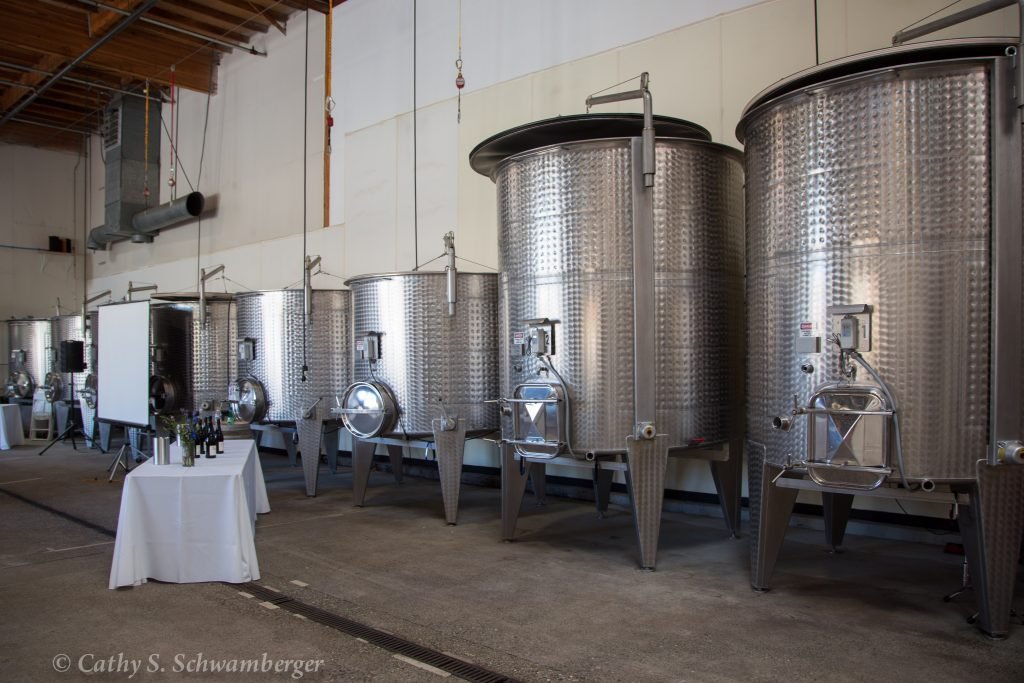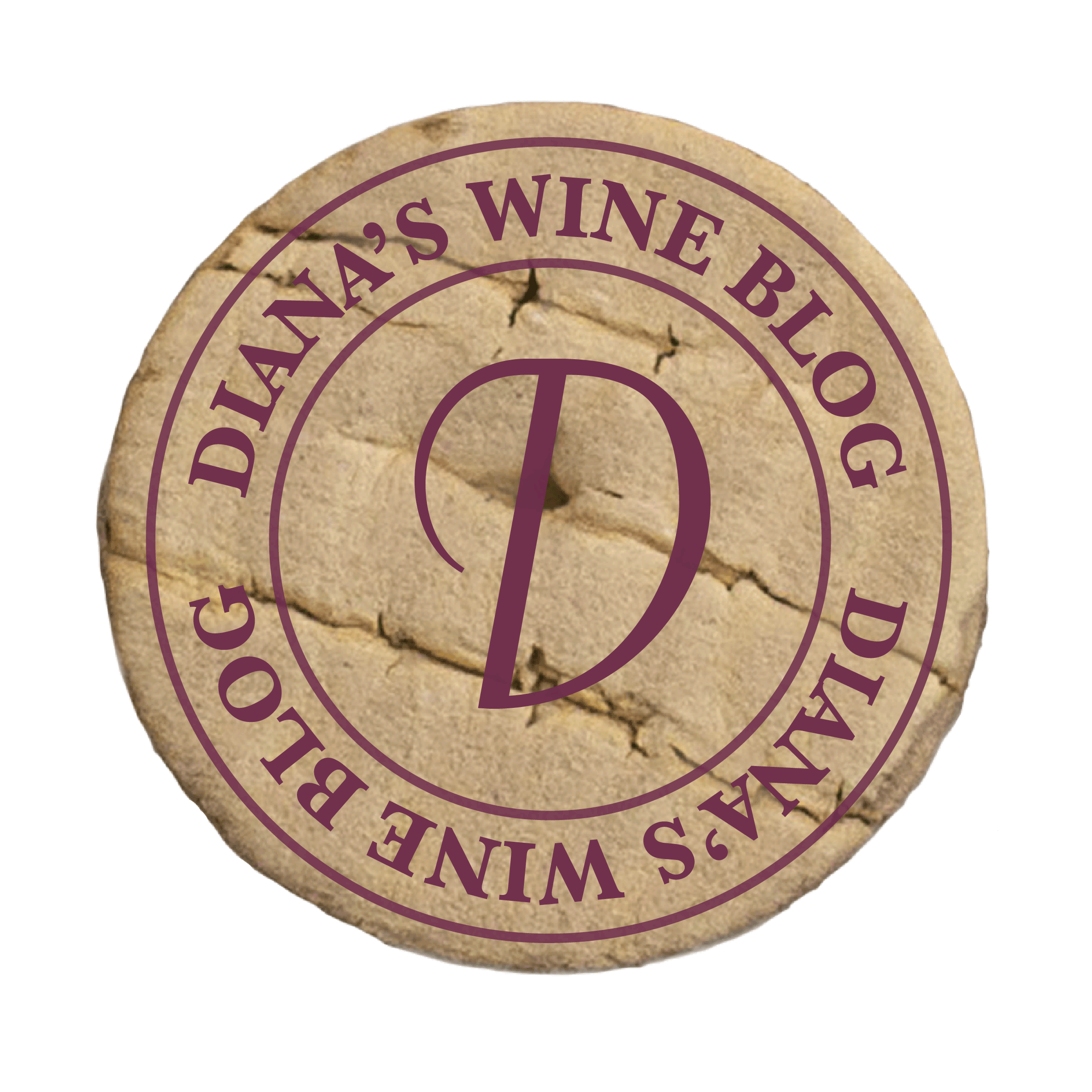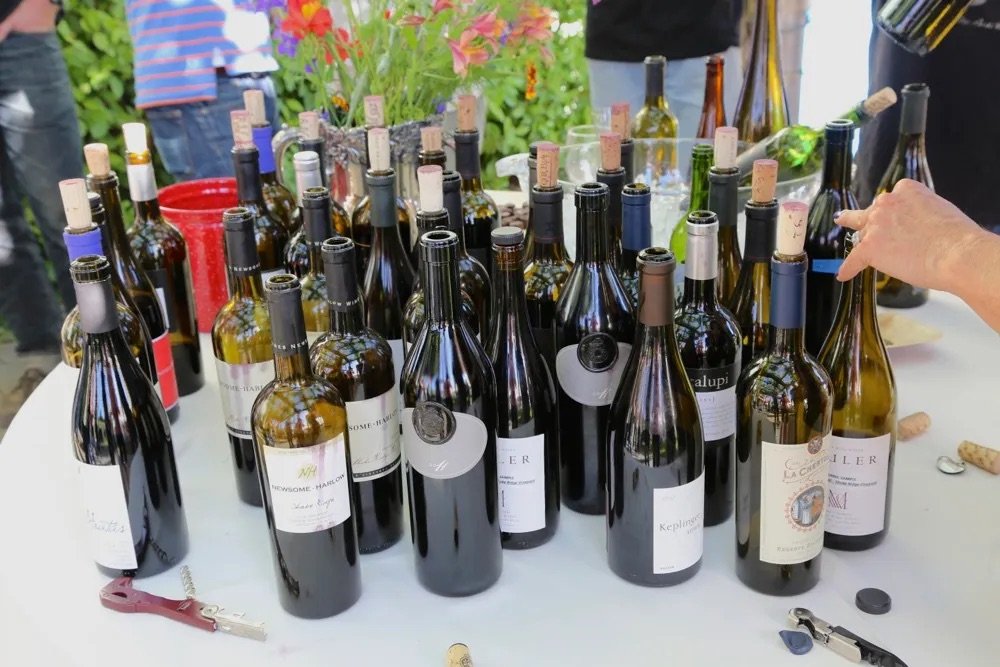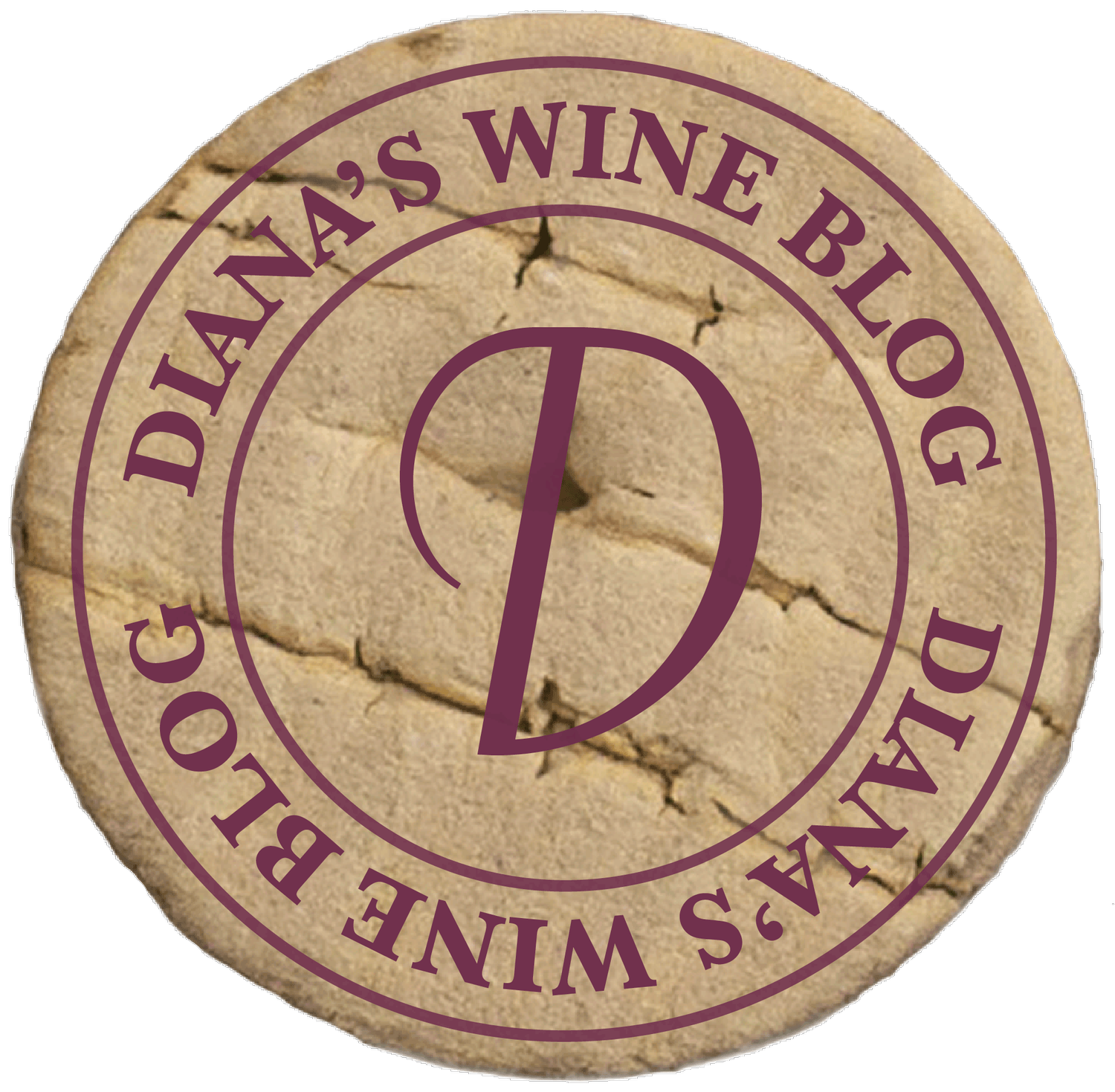
“She Blinded Me with Science!”
What exactly do yeasts do during fermentation??
Sounds like a funny question that begs a funny answer; yet, for wine lovers, it is an important equation. It is a chemical equation that leads us all down the path of enjoyment.
To be precise though: during fermentation, a yeast cell takes one sugar molecule and turns it into two ethyl alcohol molecules, two carbon dioxide molecules, some heat and tiny amounts of a few by-products. One of the most important of those by-products is glycerol, which give wine a viscous, mouth-coating texture.

Mother Nature Speaks — From Vintage to Vintage
The beauty of wine is that it is dynamic. It is ever-changing with nuances from season to season. While vineyards themselves will have distinct soil composition that typifies them and offers certain characteristics to the wine, different varietals have flavors that typify them when crushed and aged. Winemakers themselves have particular styles that they bring to their process, which, in the end, will have an impact on the wine’s flavors, body, and balance.
But there is another player in the mix who has a voice in the final product, and that is Mother Nature. She has a big impact in the year long process. She can be a friend or present many challenges to the vineyard manager and winemaker in the final expression of the wine.

All That and a Bag of Chips?
It has been a practice for several hundred years to age wine in oak barrels. Oak plays an important role in the process of wine making. It enriches the wine with new compounds that impart flavors. It serves as a barrier in the storage and therefore allows for specific physical reactions to take place.
What about those flavors? First and foremost, there are primarily two places that the oak most used in winemaking comes from. That’s France and America — mostly Missouri. Yes, I said Missouri. You will hear these oaks referred to as French Oak and American Oak. They deliver different nuances themselves. (There is a winery in Napa Valley where you can taste the difference during a tour. This winery does barrel tastings and will give you samples from wine that is aging in either American and French oak and that is the only difference. This is a worthwhile experience and a very fun visit, yet that is for a later blog.) Oak exerts its influence on wine through chemical processes that support the evolution of flavors and structure. The geographical origins of the oak, the forest, and type of grain will influence what the wood contributes.

Vintage Matters
Just this weekend, I was shopping in a local wine store. It was one of the big stores, as I was looking to purchase some glassware as a prize for a blind wine party. Since I cannot stop myself from browsing the shelves, I passed by the Spanish section. There was this excellent Grenache from Alto Moncayo Veraton, and the shelf talker announced, “92 points from The Wine Advocate.” The price was under $26, and one would say that would be a good purchase. I looked closer at the shelf talker to find the year that the wine garnered that rating, and it was 2009. The wine that they were selling on the shelf, though, was a 2011. While the 2011 of this wine was rated the same – what if it had not been?
Herein lies the problem. All vintages are not the same. That may be a real understatement this year, as California faces its worst drought in history. Winemakers deal with Mother Nature, and each season presents its challenges. In Napa Valley, the past few have been very different; and you will see the difference on the shelf and in the bottle.

Holiday Heart Syndrome: Too Much of a Good Thing
It's the Holiday Season -- a joyous, expressive time of the year. It is the time of the year to enjoy family, friends, food, and good wine. We all know that moderation is important in all things - it is important in this season as well. I was reading an article from Medscape, a source that I trust and regard, and it affirmed for me the need to moderate in terms of eating and drinking. I wanted to share an excerpt from the article with you, which discusses a well-established syndrome called Holiday Heart Syndrome. Believe it or not, this condition was designated as a syndrome in 1978.
I realize this is an interesting article that most of us don’t need to read in order to be healthy through the season, yet perhaps it is important information to help us take care of those around us.

Red Is a Holiday Color — Just Not on the Carpet!
Monday evening was a momentous occasion. We were getting ready to sit down to watch Monday Night Football, all set to see my favorite team (the 49ers) play an exciting, hard-hitting game. Just as I was about to sit down on the couch, I went to put my glass of red wine on the side table. The glass slipped on the coaster, and the entire glass of wine spilled onto the lovely light beige carpet in the family room. This freaked me out. What I will tell you is that I am a bit (understatement?) compulsive and love to have the house tidy and clean. There were many wet, ugly red splotches of wine on the rug! It was a big mess and quite upsetting, to say the least.
I ran for the Wine Away and hoped it would help. I had used it successfully on clothes before and really hoped it would work on the carpet. Unfortunately – it didn’t, it was really to no avail. It turned the red spots to a lighter purple. I needed a back up. I remembered the stain remover named Folex. A good friend (Thanks, Frank!) had recommended it a few years ago, and it was a lifesaver. We worked diligently on the rug, using Folex and old white athletic socks, which were quite absorbent. The stains faded, to the point that I’m pretty sure no one would even notice. It really was quite a relief.

What’s Wrong with this Picture?
I know it’s not a great picture, but this (Pahlmeyer) is a beautiful wine. It is the 2009 vintage, which garnered very high scores from both the Wine Advocate and Wine Spectator. So what is wrong here? Well, it is 2013 (almost 2014), and this lovely bottle appears to have been on their top shelf for almost four years standing upright. The first problem is that heat rises, and wines really like to be kept cool. Secondly, and more importantly, the cork will dry out in this upright position. And here’s the problem with a dried cork — more air will get into the bottle, which increases the chances that the wine will be oxidized (meaning it was exposed to too much oxygen). That’s not good for any wine. The flavors will be muted and bitter; the nose will be faint, if there’s any at all. This really does depend on the degree of oxidation, yet why take a chance on an expensive wine (this bottle retails for $150, minimum) and not have the full pleasure of what should be a great experience.

The Right “Stemware” for Beer Tasting…?
No one likes to be teased, but as long as it’s done with love — well, that’s okay, I guess. I have to admit — I have taken my share of jabs for the swirling and sniffing of wine. Friends and family have mimicked the process with their beer and pretended to be me.
Yet wine drinkers are not alone in their quest for aromas and taste. Beer itself has taken a big step forward in that same arena. At a meeting in Denver, we had a local distributor come in and do a beer tasting. He set up tables and glasses in the same manner as a wine tasting, using good glasses and arranging his samples for all from light to dark. He asked all to swirl gently and sniff to discern the notes of wheat, and so on. I am not a beer drinker (except when good wine is not available) and am not practiced in the nuances of beer, yet this event was no different from a wine tasting experience.

What does “Winery Direct” Mean?
Reading the paper this morning, I came across an ad that I needed to comment on. The ad was included in an advertisement for a large wine retail store, and it advertised “Winery Direct” as a sale. What does this mean to you and me? Well, let me first explain wine distribution in the United States.
Predominately, wine goes through a three-tier system on its way to a retail outlet. First, the winery ships to brokers or distributors, and then it moves to retail shelves. As it should, each step in the process adds cost. The broker needs to charge for storage and sales costs, and the retail outlet must do the same. This process exists to allow for large-scale distribution of wines. This is the avenue for many wines to make their way across the United States for all to enjoy – not just those who visit the area where the winery is located.

Wine Headache??
Many times I am told, “Red wine gives me a headache. I must be allergic to …” You fill in the blank. Some folks think it’s sulfites, and others think it’s tannins. Well…there may be some science behind the thoughts.
What components of wine might be causing the adverse reaction? Wine is a complex mix of chemicals, which makes it difficult to answer. There are two major components, which may be responsible: sulfites and histamines. Sulfites are present in all wines but at varying degrees. Sulfer is used in the vineyard, and it’s also used for hygiene reasons with the bottles and added as a preservative after the bottle is filled. Sulfer is also a natural by-product of fermentation. You will see on the label that the wine contains sulfites. This leads many people to conclude, often falsely, that the sulfites are the culprit behind the headaches. Sulfites are actually more apt to produce an asthma attack rather than a headache.
